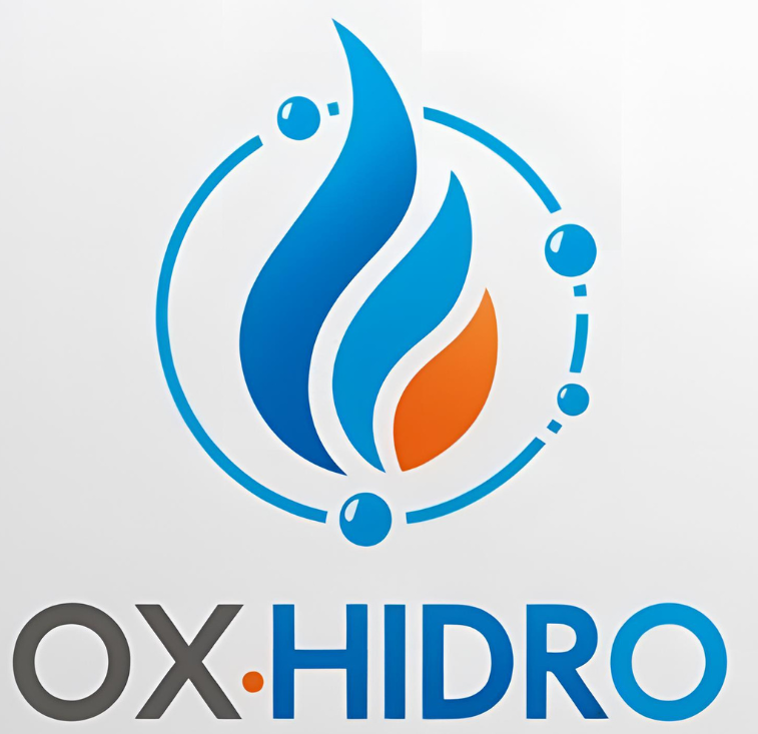The project addressed the research of the suppression of recycled CO2 to the furnace (acting as temperature-moderation and fed mixed with the oxygen) by replacing it with water vapor (H2O). This oxy-steam combustion process has been called by some authors as the third generation oxy-combustion. The main advantages of this technique are: a major simplicity, the diminution of operating cost related to flue gas recycling, the reduction of the specific sizes of the furnaces and the inhibition of some pollutants formation.
The objective of the project was to carry out an experimental and numerical characterization of oxy-combustion of coal under atmospheres with high water vapor concentrations. We aimed at determining the effect of the CO2 replacement with H2O on the coal conversion, the heat transfer and the SO2 and NOx formation. This approach gets beyond the existing studies reporting the effect of wet-FGR (flue gas recycling), with low H2O concentration values. Experimental tests were proposed with concentration rates up to 40%, as well as numerical simulations and TGA analysis over this figure, up to 80%. Moreover, the effect of the coal type and the O2/H2O/CO2 atmosphere on the ash fouling, corrosion and condensation phenomena were also experimentally sought.
The experimental tests were conducted at different facilities. On the one hand, trials were carried out in an entrained flow reactor and all relevant variables were on-line gathered. Solid samples were also taken to proceed with chemical and corrosion characterization. On the other hand, particle conversion under the new atmospheres was done by dedicated TGA analysis, and actual deposits were prepared and aged to test corrosion rates. All these novel results produced significant insights in the field of oxy-steam combustion.












